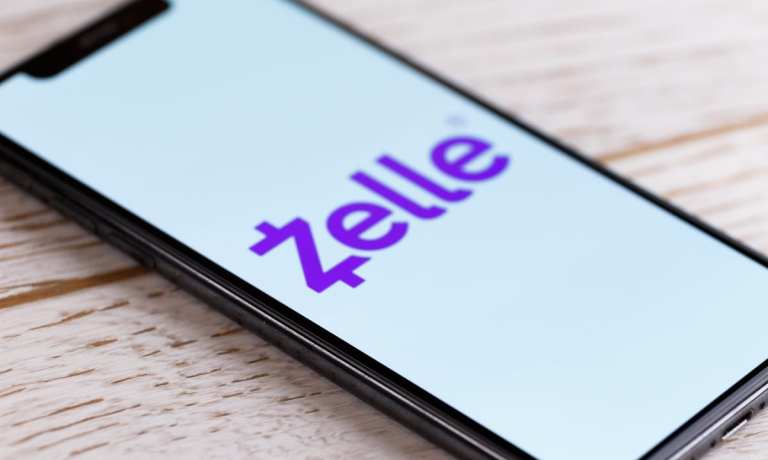
Victims of scams involving Zelle and other peer-to-peer (P2P) money transfer services could be getting new assistance from the Consumer Financial Protection Bureau (CFPB) by way of proposed increased requirements on banks.
Banks could be asked to pay back more customers who are the victims of these scams and face new requirements surrounding fraudulent activity that has become more common on these platforms, The Wall Street Journal (WSJ) reported Tuesday (July 19) citing unnamed sources.
Fraudsters trick victims into sending them money using Zelle and similar services by masquerading as bank representatives, according to the report.
Banks are currently only required to repay consumers for payments they didn’t authorize, but the new regulatory guidance could change maintain that fraudulently induced transactions, even those approved by the consumer, are considered unauthorized, the report stated.
The new guidance from the CFPB is still being developed and could change. While the changes seem to be aimed at complaints surrounding Zelle, they would likely apply to similar payments services that connect directly to a person’s bank account, according to the report.
P2P transactions between bank accounts have grown in popularity, in part due to faster payment rails. Zelle and Venmo have experienced triple-digit percentage gains in volumes.
Read more: P2P Payments Fraud Suggests Liability Gray Area
The services also exploded in use during the pandemic as people avoided cash and moved toward digital transactions for just about everything. Zelle, which is offered by about 1,700 financial institutions (FIs), recorded some 1.8 billion transactions in 2021 totaling $490 billion, WSJ reported.
Zelle is operated by Early Warning Services, which is owned by seven big banks.
“As a network, we are constantly adapting consumer protection measures to address the dynamic and evolving threat of fraud,” Early Warning Services told WSJ. “In addition to our efforts, we encourage measures that reduce the ability of fraudsters to perpetrate these scams and arm consumers with educational resources that will help them protect themselves from fraudsters.”